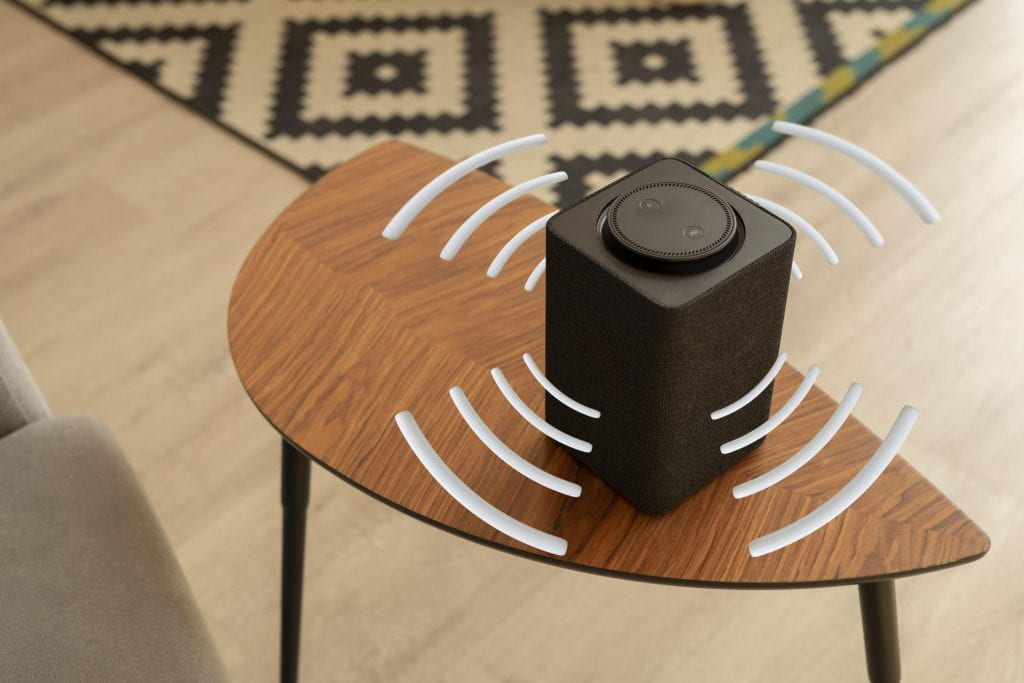As Cyber Monday approaches, many software companies are offering great deals on their data analytics and business intelligence tools. This post highlights some of the top Cyber Monday tool deals that businesses should consider taking advantage of. From data visualization to business reporting to predictive modeling, there are discounts available across many important categories.

Introduction
In today’s data-driven world, having the right tools for data analytics and business intelligence is essential for any organization looking to gain insights, improve decision making, and get a competitive edge. Luckily, every year around Cyber Monday, many leading software vendors offer deep discounts on their products, giving businesses a great opportunity to purchase powerful tools at reduced prices. This post reviews some of the top Cyber Monday deals available this year on crucial analytics and BI software, with a focus on tools that include keywords like “cyber monday tool deals” in their discounted offerings.
Data Visualization Tools
Being able to visualize data in interactive dashboards, reports, and displays is extremely valuable for exploring trends, connections, and outliers in your business data. Here are some top Cyber Monday deals on popular data visualization software:
Tableau Desktop: 40% off personal licenses of the industry-leading data visualization tool. Great for individuals looking to learn Tableau and build visualization skills.
Power BI: 50% off Pro licenses for the first year. Power BI is a strong option forvisualization, reporting and analytics within the Microsoft ecosystem.
Qlik Sense: 45% off desktop licenses. Qlik’s Associative Data Modeling approach allows for reactive, exploratory analysis across all your business data.
Looker: 35% off new licenses of the Business Intelligence platform. Looker offers a powerful yet intuitive interface for visualization, exploration and sharing of insights.
Reporting and Analytics Tools
Beyond visualization, many businesses need robust reporting and analytics capabilities. Here are some top deals in this category:
Microsoft Power BI Report Server: 40% off the on-premises Report Server, great for tightly controlling sensitive data within your own environment.
SAP BusinessObjects: Up to 35% off the complete Business Intelligence platform for large enterprises. Ideal for organizations running mission-critical SAP applications.
IBM Cognos Analytics: 45% off the former Cognos suite for rich, role-based analytics and reporting across departments.
Pentaho: 30% off the open source data integration and analytics platform. Budget-friendly option great for small/medium businesses.
Predictive Analytics and Machine Learning
As data volumes continue growing, predictive modeling is indispensable for forecasting trends, assessing risks, and making prescriptive recommendations. Here are some Cyber Monday deals focused on predictive analytics:
SAS: up to 40% off Viya, the rebranded AI platform for advanced analytics including machine learning and deep learning capabilities.
RapidMiner: 40% off the leading GUI-based platform for end-to-end data science workflows from data preparation to deployment of models.
KNIME: 35% off the open source tool especially strong for visual data workflows, from ETL to predictive modeling.
Alteryx: 45% off Designer licenses of the popular platform that blends predictive and spatial analytics in an easy to use GUI.
Data Management and ETL Tools
Before diving into analytics, your data needs to be integrated, standardized and modeled. Here are deals on essential data management tools:
Talend Data Integration: 35% off the open source data integration platform for ETL, data quality, data governance and APIs.
Informatica: Up to 40% off all ETL, data quality, master data management and analytics cloud products.
AWS Glue: 50% off the fully managed ETL service within Amazon Web Services. Ideal for organizations already on AWS.
Fivetran: 25% off the modern data integration solution focused on connecting SaaS apps like Salesforce, Google Analytics and Marketo.
Conclusion
As this Cyber Monday approaches, businesses should explore these deep discounts on crucial analytics and BI software. Whether looking to improve data visualization, implement powerful reporting, build predictive models or automate data integration tasks, significant savings can be found. Be sure to act quickly though, as these deals may expire after the holiday weekend. Taking advantage of these tool deals is a smart investment that can help optimize data-driven decision making for years to come.






